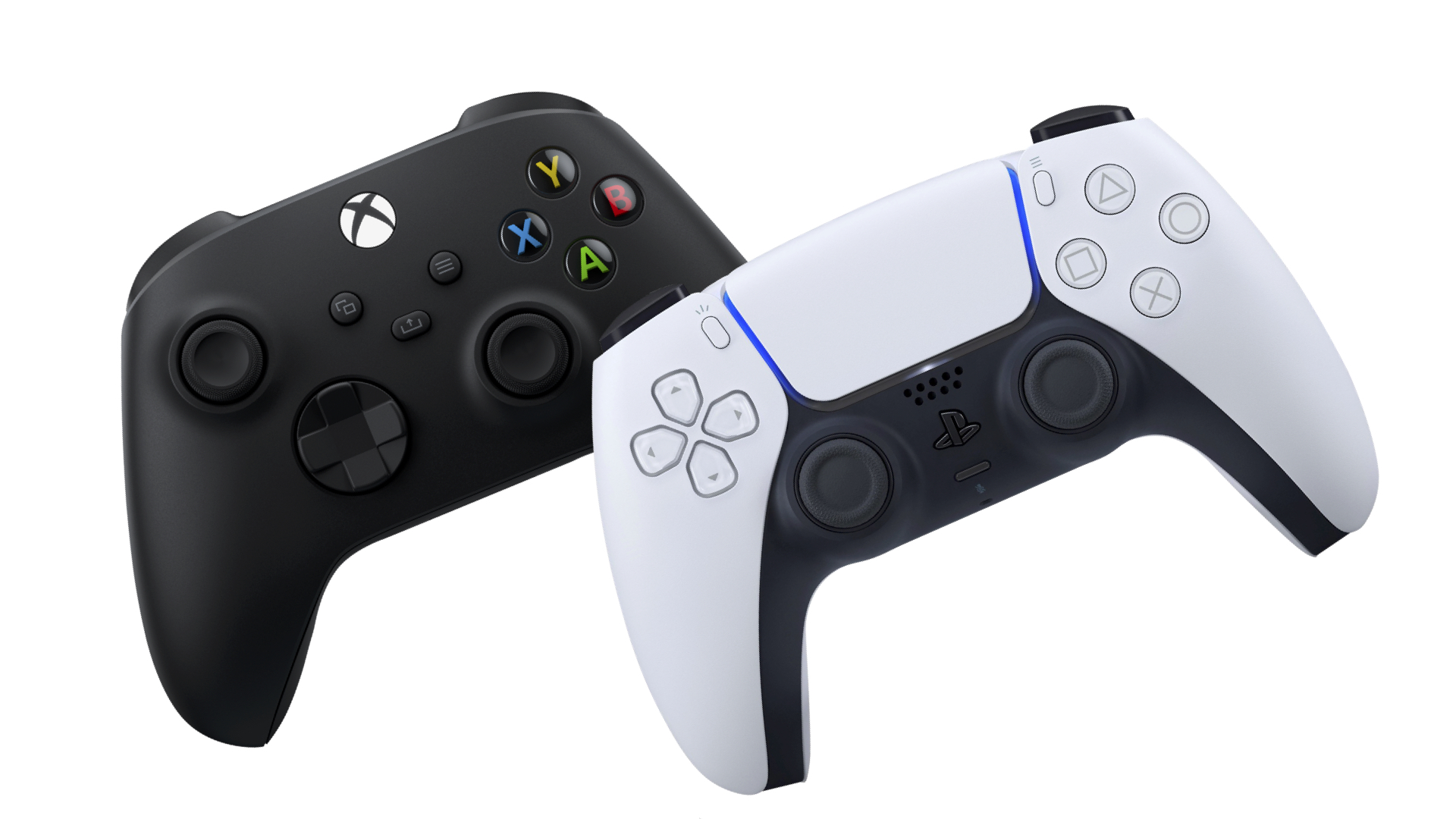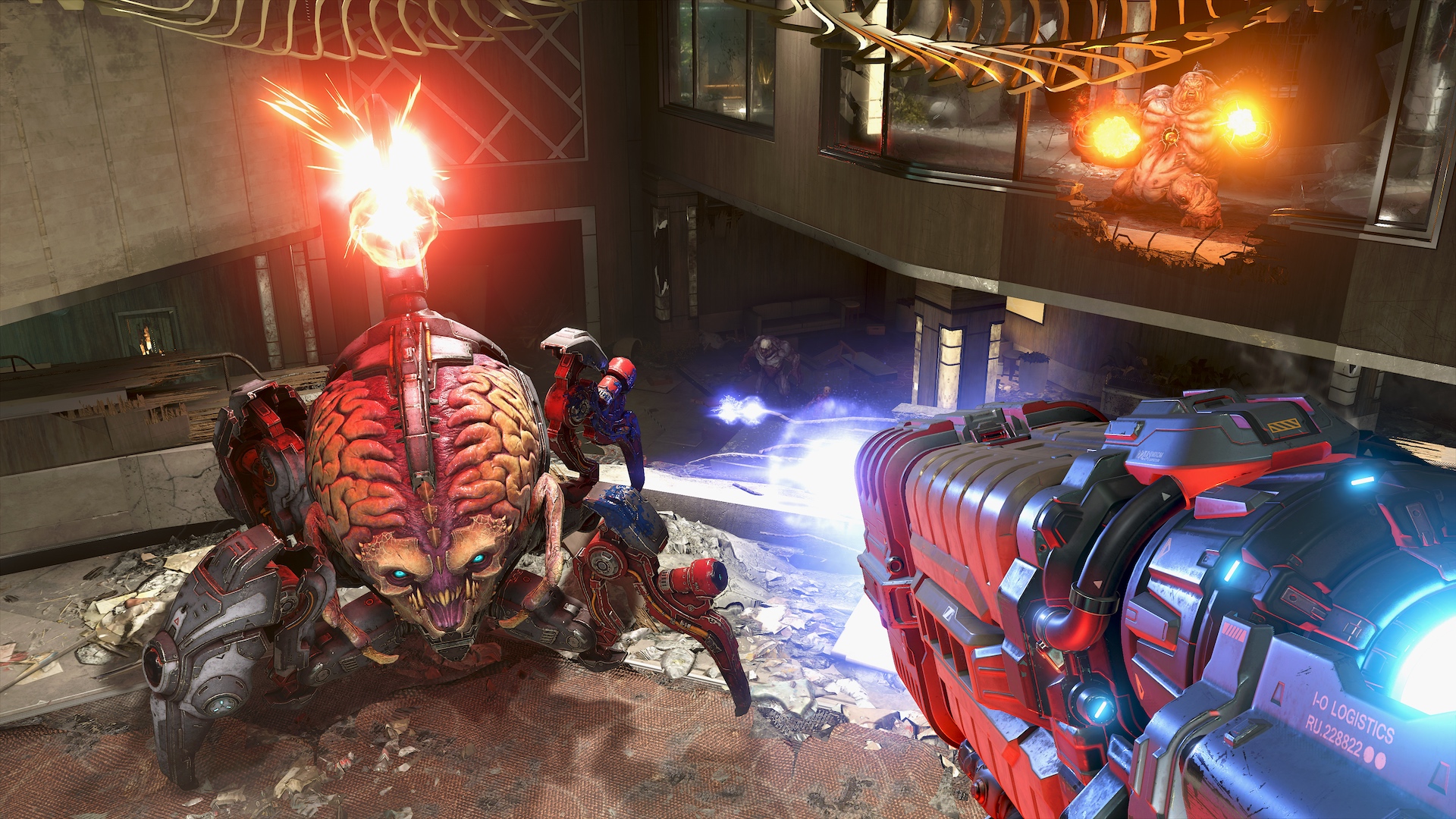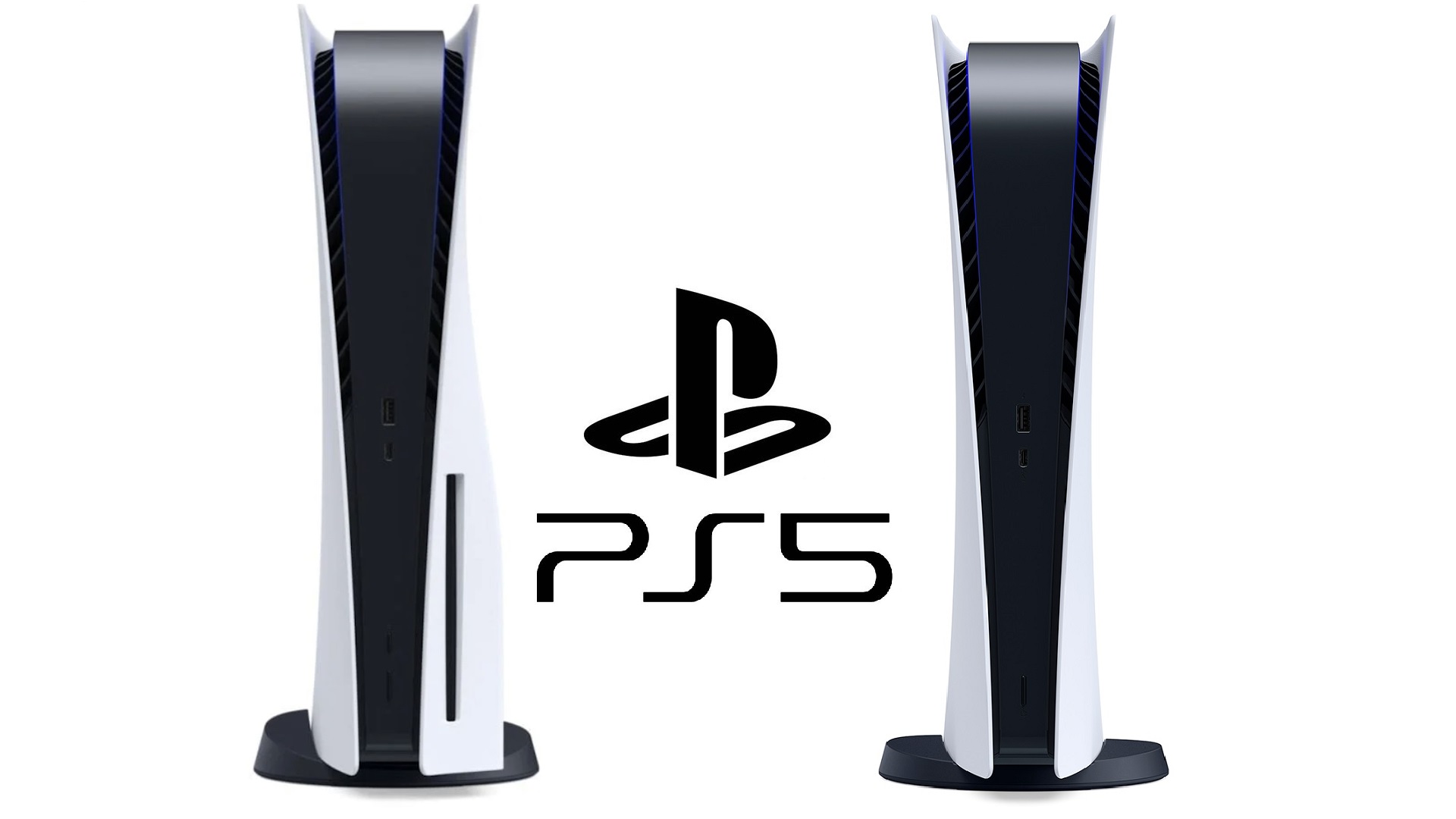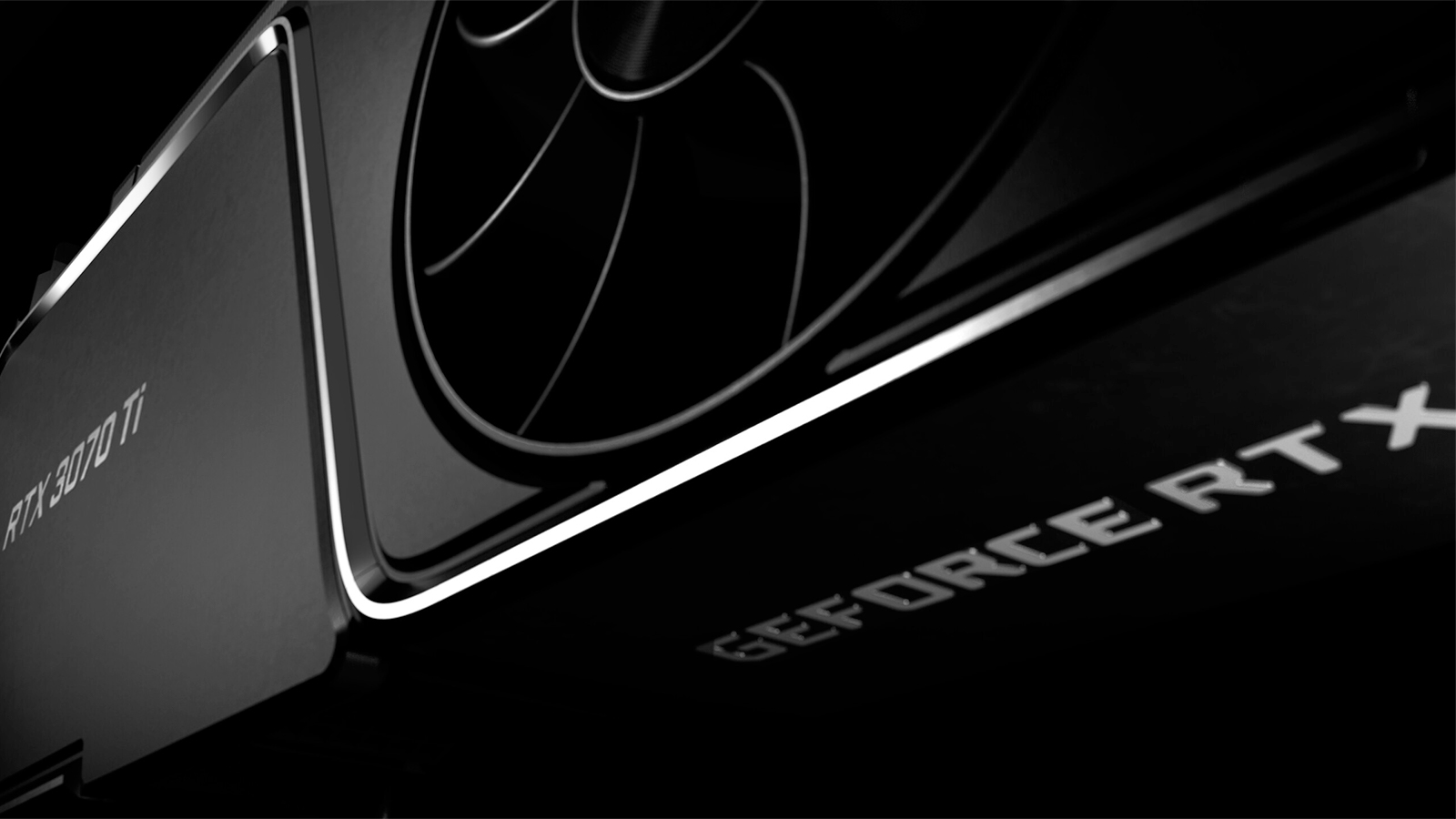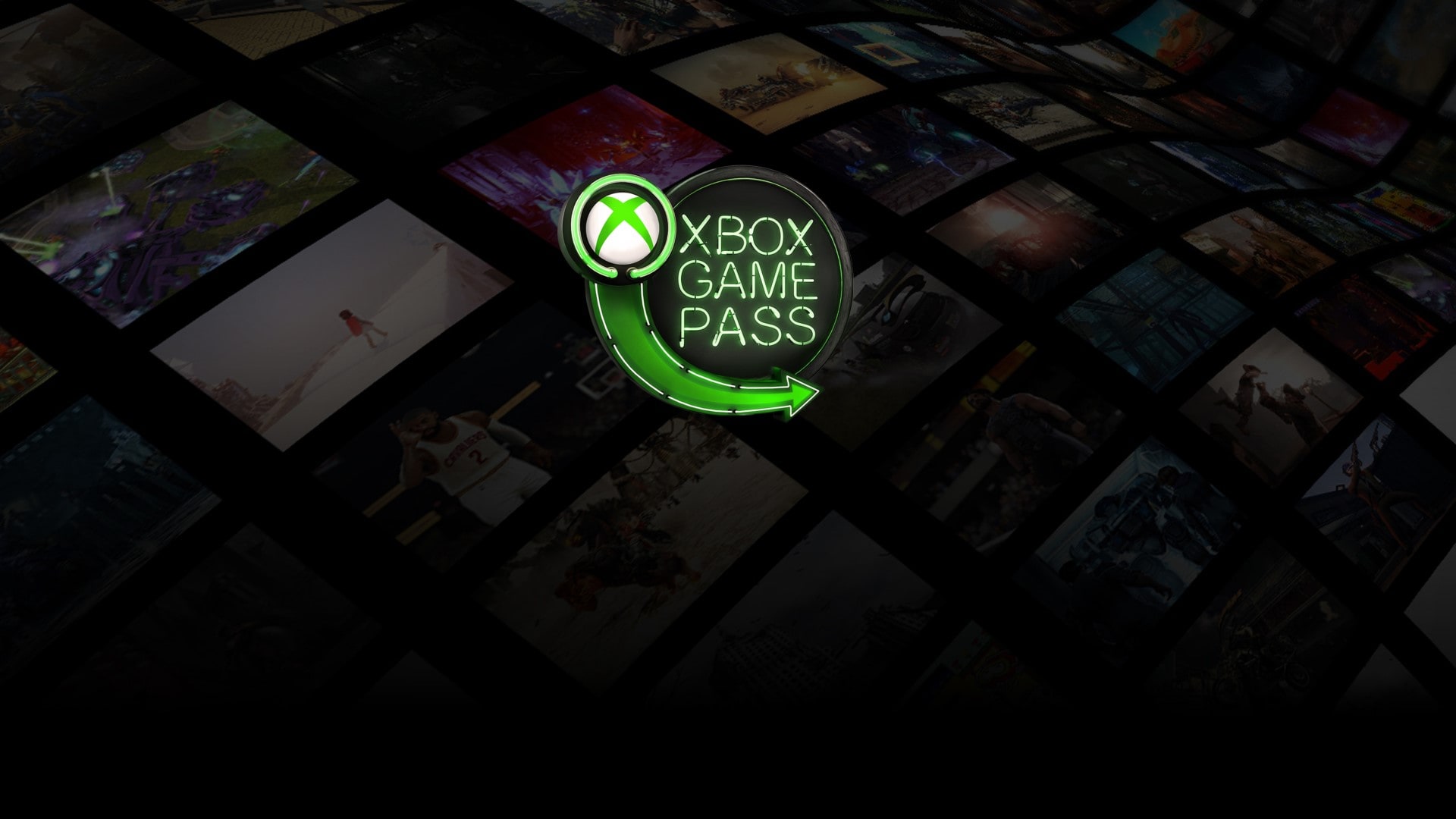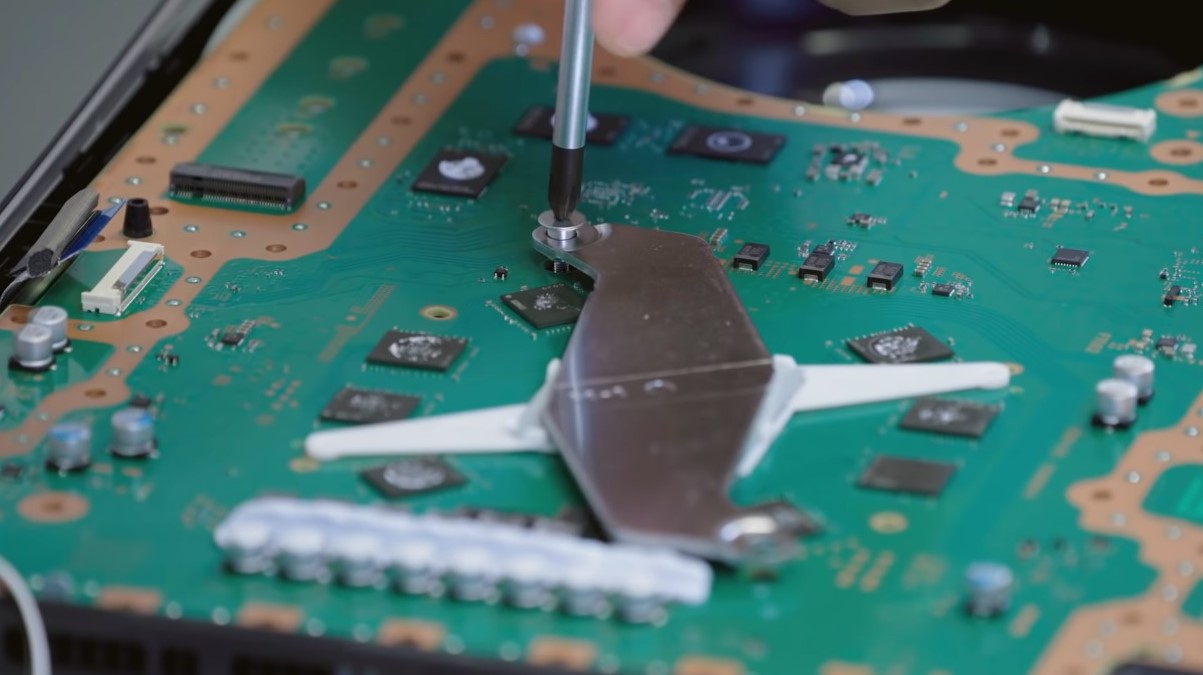
Every console launch sees shortages, especially if the console in question ends up being popular (remember the chronic shortages the PS4 and Switch saw?), but the PS5 and Xbox Series shortages are more acute and pronounced than others in recent memory. This, of course, makes sense – in addition to the traditional factors of limited stock and high demand that characterize all console launches, the PS5 and Xbox Series also have to contend with supply chain disruptions and manufacturing problems, against the backdrop of the worst global pandemic in a hundred years.
The end result is that the PS5 and Xbox Series have not actually sold a lot so far – not because people don’t want them (because they do), but because there simply aren’t enough of them being made and sold to begin with. The PS5 can’t have an install base of 10 million if 10 million PS5s were never shipped to begin with, can it?
As the weekly Media Create sales and the monthly NPD numbers show us, the PS5 and Xbox Series are falling behind. The Switch, of course, was expected to do better than either of those for the foreseeable future (given that it’s a cheaper console with an established library at the peak of its life cycle, versus two brand new expensive machines with the bare lineups characteristic of newly launched machines), but the sheer extent to which we see these consoles falling behind was surely unexpected.
Again, this is through no actual fault of the PS5 or Xbox Series, both of which are great, well made machines that justify their cost, and are worth buying for the player who is looking to jump into the next generation. The problem is the shortages that Sony and Microsoft are facing, and the question now, given that COVID-19 is ongoing, and will at the very least continue to be a significant and pervasive factor for the better part of this year, is if they can actually get a handle on their supply chain and address the shortages that these consoles are experiencing.
Because at the present moment, these ongoing shortages represent a broader problem – if the PS5 and Xbox Series X | S do not sell (because of their shortages), then their install base (limited by supply) will remain low for the foreseeable future. In which case developers, including even first party developers, are unlikely to want to commit to making an expensive AAA project exclusive to only these machines, because they can’t recoup their expensive investments if they release on consoles that are collectively less than 10 million sold. Which means that we could even see the trend of cross-generation games not just not disappear, but become even more prevalent over time.
This is, of course, if they don’t manage to get a handle on the supply issues. And the question is: will they? Can they?
There is, obviously, no way to really answer that question with any degree of certainty, but we can try to speculate based on informed guesses and our existing knowledge of video game supply chains.
There are three factors to consider with the shortages PS5 and Xbox Series X are facing: demand far outpacing supply (endemic to every console launch); low inventory at the present moment in time (endemic to every console launch); and finally, disrupted manufacturing and supply chain processes (unique to these console launches owing to the backdrop of COVID). The first two are a function of every console launch, so we’ll bench those for now, and focus on that last one, which is what is exacerbating the situation, and prolonging the effects of the first two.
Considering the unique disruptions to PS5 and Xbox Series caused by COVID, I feel like we may see these shortages last a fair bit longer than normal this time around. Manufacturing capabilities around the world have been hit – remember the severe shortages during the new NVIDIA GTX cards?
This is coming down to far more limited manufacturing capacity available across the board right now. Fewer manufacturing resources available means that a lower number of manufacturing facilities now have to be spread across the same number of bidding companies that previously had a bigger supply pool among them. Manufacturing being limited also means that integral components such as RAM modules or flash memory, which are used in most devices on the market, are available in a lower amount too. And, given that they are used in everything, including daily life appliances such as smartphones, it makes sense that the bulk of the remaining, truncated supply goes to smartphone manufacturers like Apple and Samsung, leaving companies making relatively lower volume specialized devices – such as video game consoles – to scrabble over the leftovers.
When these components are specialized, as they are with both these new consoles boasting specialized technology – meaning they have not yet achieved economy of scale, and production of them is a slower process to begin with – then there is even fewer for Sony and Microsoft, since rather than allocating facilities to a low volume of specialized components for PS5, a vendor could sell a large volume of general components made at low cost and sold to multiple vendors.
You can see the effect of these manufacturing and market forces on the console market. PS4 and Xbox One are in as short supply as they are because Sony and Microsoft had limited facilities to work with, and decided to allocate most of them to their upcoming next gen flagship machines. The Switch, while facing shortages of its own, has managed to avoid being hit that hard because it uses generalized components (many of them shared with smartphones and tablets) that are easier to secure supply and manufacturing for than highly specialized and low volume tech.
What this means, then, is that the only way for the shortages to really end is for the strain on manufacturing facilities and component supply to ease significantly globally. And that, in turn, is contingent on COVID-19 not just being brought under control, but being brought under control on a sustained and continuous basis for an appreciable period of time, because otherwise, a resurgence would just cause a disruption again.
COVID being brought under control also means that the disruption to the supply chain itself is also minimized. Currently, the issues are not just on the production side of things, they are also with shipping these consoles across the world. When physical shipments are being controlled to contain the spread of the virus, then obviously, even if Sony and Microsoft were manufacturing their consoles in adequate quantities, they would be unable to actually get them on store shelves. These restricted shipments can be observed in terms of the shortages they cause even for general purpose devices that aren’t facing manufacturing constraints – new smartphones and tablets, and even the Nintendo Switch, manage to have shortages in spite of not being hit on the production side as much because of a disrupted supply chain.
So, the long and short of all of it? No, these shortages won’t be resolved for a while right now, not until COVID-19 is convincingly and sustainably contained and brought under control, and the bulk of the planet can resume its activities per normal. These production issues will mean economies of scale are harder to achieve and will take longer, meaning the production problems will be perpetuated to last far longer than a typical console launch window would see. Lowered production in tandem with disrupted supply chains mean that the demand will far continue to outstrip the supply for the foreseeable future, which in turn means that it will be difficult for Sony or Microsoft to build up inventory of these machines (since every last unit being made is being sold). Thus, the more “normal” factors that cause supply issues during a console launch will be prolonged to beyond a normal time frame as well.
Of course, there is the possibility that things come back to normal sooner than expected, or that enough manufacturing facilities are freed up for Sony and Microsoft to be able to produce in higher volume (and achieve economies of scale), for example, which would mean the situation won’t be as dire for as long as I speculate here. That could well happen too. But based on the current situation being what it is, and the factors on hand as we know them, it doesn’t look like these shortages are about to be resolved any time soon.
It’s just as well, then, that so many upcoming third party games will be cross-gen after all.
Note: The views expressed in this article are those of the author and do not necessarily represent the views of, and should not be attributed to, GamingBolt as an organization.


